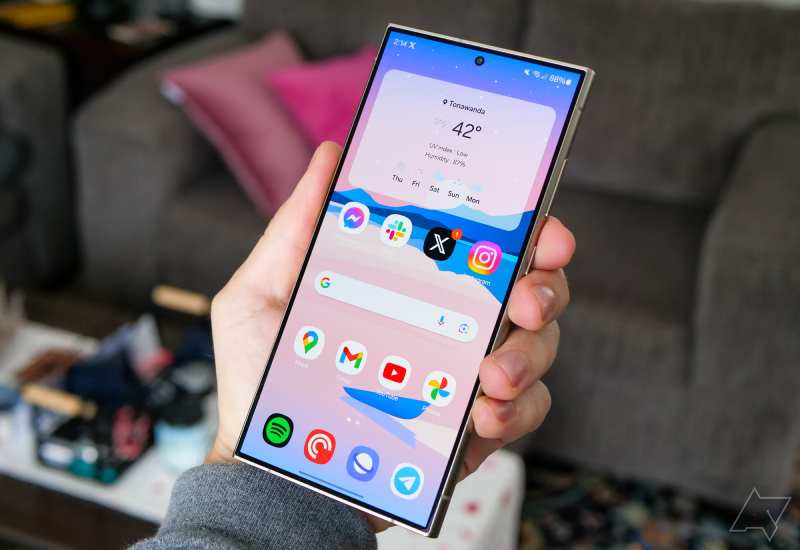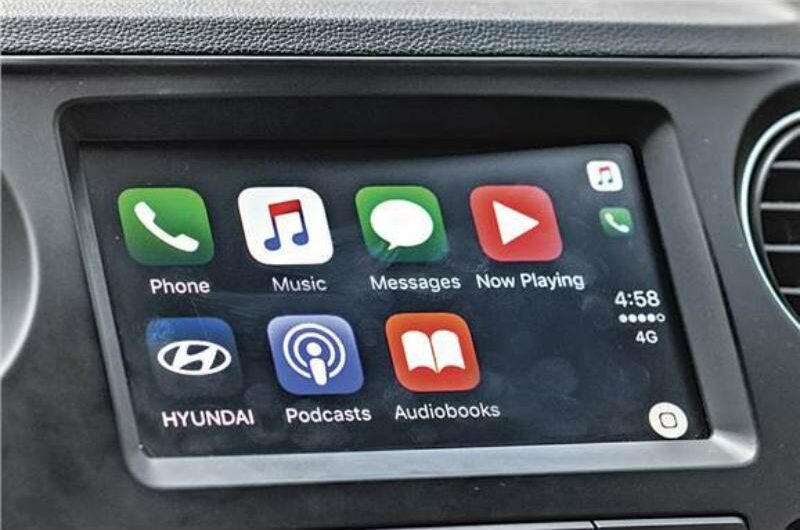After more than eight years, Samsung has finally included Android’s seamless updates into its most recent Galaxy devices—a far too lengthy wait.
The first iteration of seamless updates appeared in Android Nougat in 2016, which makes it nearly eight years ago. With the help of this functionality, devices can install updates in the background and apply them after rebooting. Although the A/B partition uses more storage and is usually slower, it makes installation safer because an error may be fixed by rolling back to the previous version of the software. Additionally, it keeps the gadget fully functional throughout the protracted installation process. Through the years, Google has also made enhancements to Seamless Updates. Using a “virtual A/B mechanism,” the service is now considerably faster and requires less data.
Nevertheless, despite the fact that almost every other Android OEM currently makes use of this feature, Samsung has consistently ignored it for all this time.
That has now changed, though, as the Samsung Galaxy A55 is the first smartphone from the firm to allow Android updates through Seamless Updates.
SamMobile and The Mobile Indian, in addition to early adopters, noticed the modification on the new mid-range handset. The device displays a new “downloading and installing” notification when downloading an update, followed by a “Restart Now” prompt once the update has been installed. An “Install Now” window appears on current Samsung cellphones after the update has completed downloading.
Will Seamless Updates be added to Samsung’s current device lineup? Most likely not. This function is typically set up before the consumer receives the gadget. Google has stated in 2016 that it would not work with devices that were already in use.
On the other hand, it is quite likely that Samsung Galaxy devices in the future will allow seamless updates. This year, it was made public that Android will only allow this type of update.
Topics #Android's #Eight Years #Galaxy devices #Samsung #Smooth Updates











